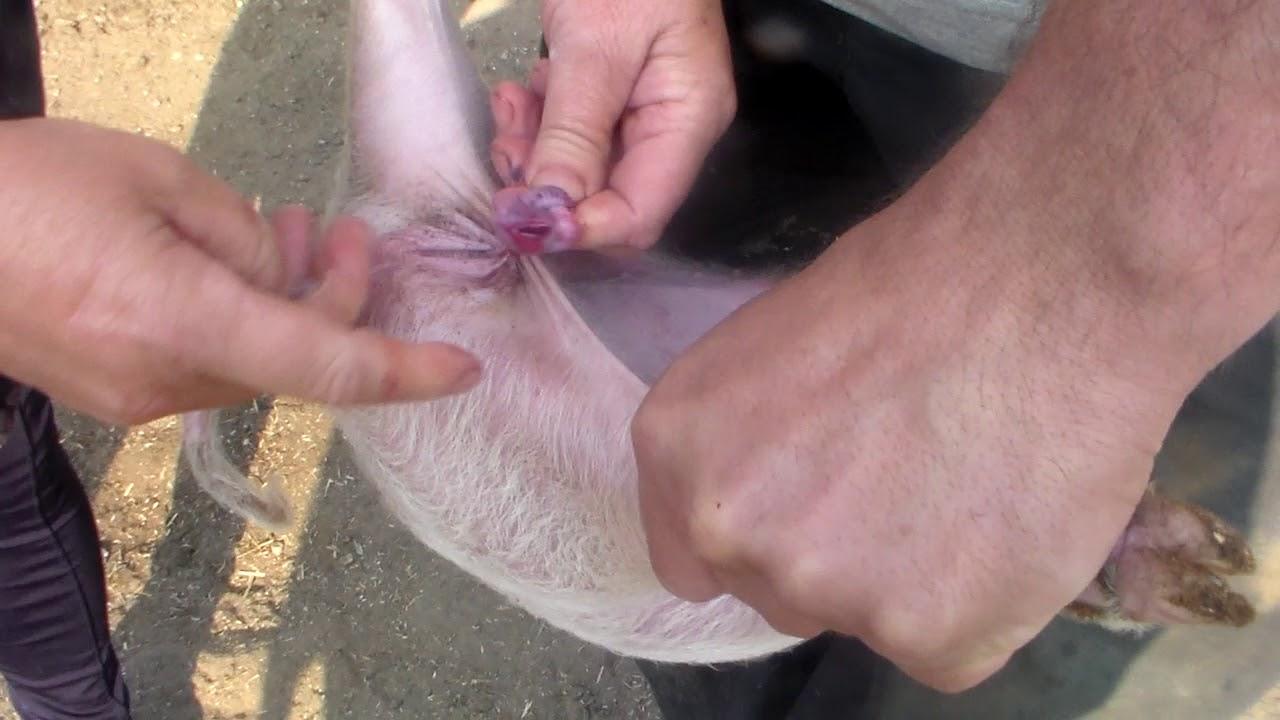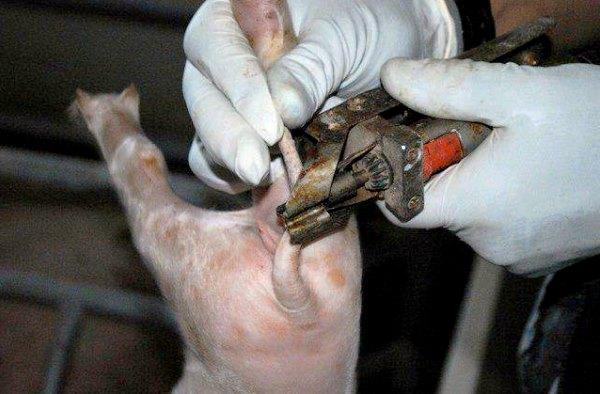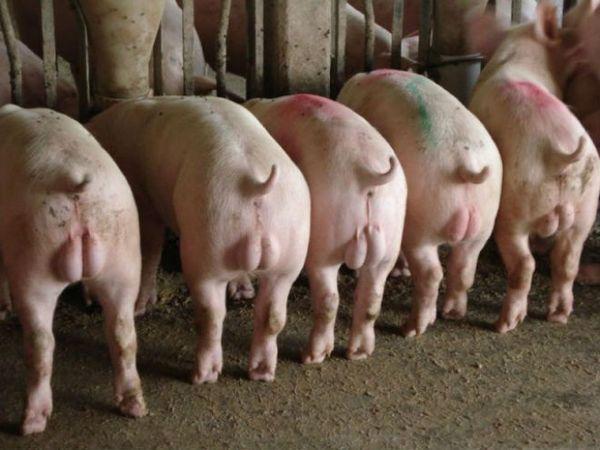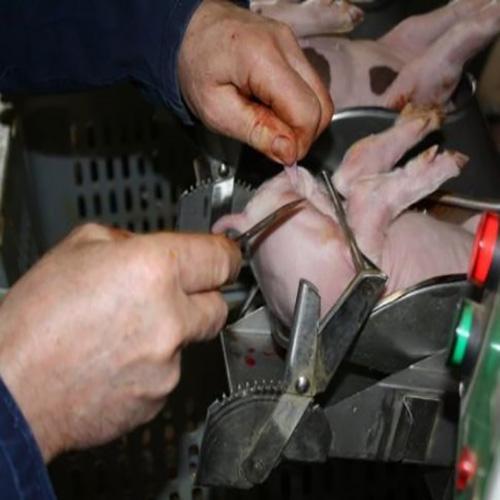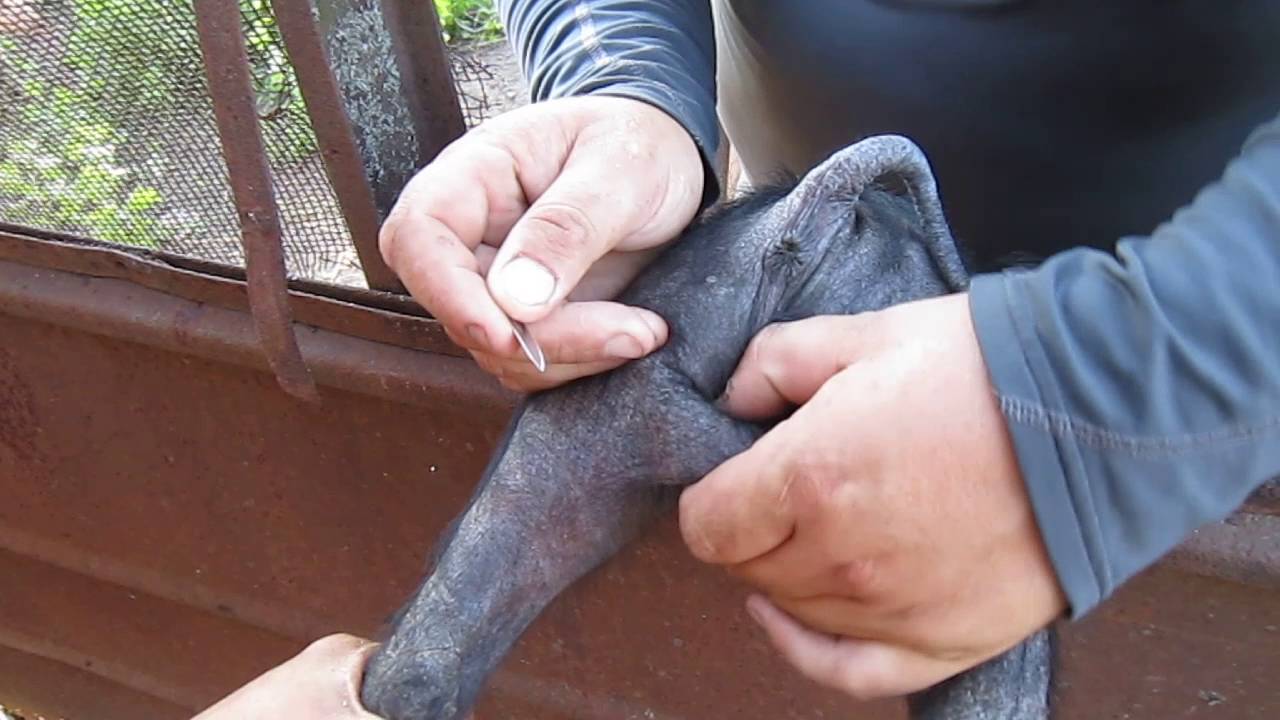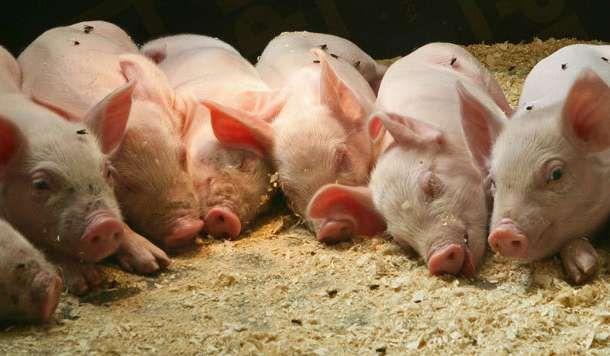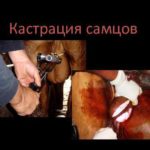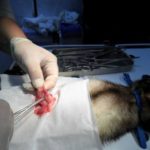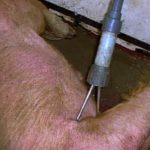People who are seriously involved in breeding pigs are often faced with the need to castrate piglets. Many farmers seek help from specialists who help carry out this procedure. However, it is not necessary to use the services of professionals, since you can castrate animals yourself.
Why do piglets need to be castrated?
Castration of Vietnamese and ordinary piglets is a surgical operation during which the gonads of the animals are carefully removed. Sometimes this procedure is performed non-surgically. For example, some farmers prefer a chemical or radioactive method to castrate their pigs.
There are several main reasons for carrying out this procedure:
- Improving the taste of pork. Some uncastrated animals have a specific odor in their meat. This negatively affects the taste of the dishes that will be prepared from it. Therefore, people who have been raising piglets for many years strongly recommend castrating them.
- Increase in pig weight. Neutered animals become less active. They move little, which makes them gain weight faster.
- Improved endurance. After castration, pigs become more resilient, they grow faster with less food.
When to do it?
Many people who have not raised pigs before are interested in when is the best time to castrate them and at what age the procedure is carried out.
Experienced farmers recommend doing this when the piglets are young. This should not be put off until later, since tissues in small animals regenerate many times faster than in adults. It is also necessary to castrate them earlier, since young pigs are better exposed to anesthesia. This facilitates the operation and eliminates the occurrence of complications in the future. The best practice is to castrate dairy pigs. They drink fresh mother's milk, which helps wound healing and supports their immunity.
Experts advise carrying out the procedure at this age:
- 5-7 days after birth;
- two and a half weeks (this age is optimal);
- 50-60 days (deadline).
Preparing for surgery
Before proceeding with the operation, it is necessary to carry out preparatory work. In order for the procedure to be painless for the pig and without consequences, it is necessary to use a special machine. With its help, animals are fixed in one position so that they cannot move and interfere with castration.
You also need to prepare several strong ropes in advance. They are used to secure adult boars that may escape from their hands. In addition, it is necessary to prepare medications that will provide general or local anesthesia.
To carry out the procedure, you will need other tools:
- powder or antiseptic agents that will be used during postoperative wound treatment;
- sharpened surgical scissors or tweezers for clamping;
- threads;
- bandages and sterile cotton swabs;
- scalpel;
- a special tool with rubber rings, which will be needed for bloodless castration.
Technique of the operation
Before you start castrating pigs yourself, you need to understand the basic techniques of the operation.
Closed method
Some farmers who need to castrate a piglet use the closed method. In this case, you will have to squeeze out the piglet’s testicle yourself.
The step-by-step scheme of the procedure is as follows:
- Washing and disinfection of the animal's scrotum.
- Administer local anesthesia so that the pig does not feel pain.
- Cutting the skin on the scrotum. It must be cut very carefully so as not to accidentally damage the vaginal lining.
- Abduction to the side of the testis. Then it is carefully turned and tied with thread at the base.
- Trimming the spermatic cord.It is cut off with scissors at a distance of one and a half centimeters from the bandaging site.
Open method
Experts recommend using the open method when castrating very small piglets. When using this technique, you will have to cut the ligaments, vaginal membranes and scrotum. The procedure is performed as follows:
- The surface of the scrotum is completely cleared of hair and treated with an antiseptic.
- The testis is carefully stretched, after which two identical cuts are made on it.
- The testis is carefully squeezed out through the incised holes and tied with thread.
- The part of the testis above the ligation site is cut off.
- The incision site is treated with powder.
Chemical method
Some farmers do not want to carry out operations at home and therefore prefer to use a chemical method of castration of piglets. This procedure is absolutely painless, as you do not have to cut anything. Experienced farmers advise owners of large farms to use the chemical method. If there are not too many piglets, it is simply not practical to use this technique.
During chemical castration of pigs, a special injection is given. After the procedure, it is necessary to monitor the health of the animals for two weeks to prevent complications from occurring.
Elastration
People who want to castrate small pigs using the bloodless method can perform elastration. To perform the procedure, special rubberized rings are used, which are strongly compressed during use. This device is gently pulled over the animals' scrotum and squeezed tightly. As a result of this compression, the flow of blood to the testes stops. The procedure must be carried out very carefully.
It is necessary to ensure that during compression the testes descend into the scrotum.After three and a half weeks, the scrotum will atrophy and the rubber rings can be removed.
Features of carrying out with inguinal hernia
Sometimes pigs need to be castrated for medical reasons. Experts advise doing this if the piglet has tumors. The procedure is also carried out if he suffers from inflammation of the testicles or inguinal hernia.
If a pig has been diagnosed with an inguinal hernia, it should be castrated as soon as possible. The operation must be entrusted to an experienced veterinarian. At the same time, it is necessary to castrate piglets that have such a pathology only using the closed method. All other methods of castration are not suitable.
Postoperative care
Animals that have been castrated openly require post-operative care. The operated piglet must be moved to another stall with other castrated males. Animals must be kept clean. It is recommended to lay a thick layer of straw on the ground. Sawdust should not be used, as it can penetrate into wounds, which will lead to the development of inflammation. Operated pigs should be monitored for a week. If during this time swelling or inflammation develops at the incision site, you will have to seek help from a professional veterinarian.
How to castrate a large boar
If you need to castrate a huge boar, it is better to contact a veterinarian. It is not easy to do this on your own, as adult piglets can be aggressive. For castration of adult animals, special sedatives are used. It is very important to choose the right dosage of such drugs, since sometimes a large amount of drugs leads to aggression.
Conclusion
Every farmer who breeds piglets is faced with the need to castrate. Before doing this, you need to familiarize yourself with the features of this procedure.

